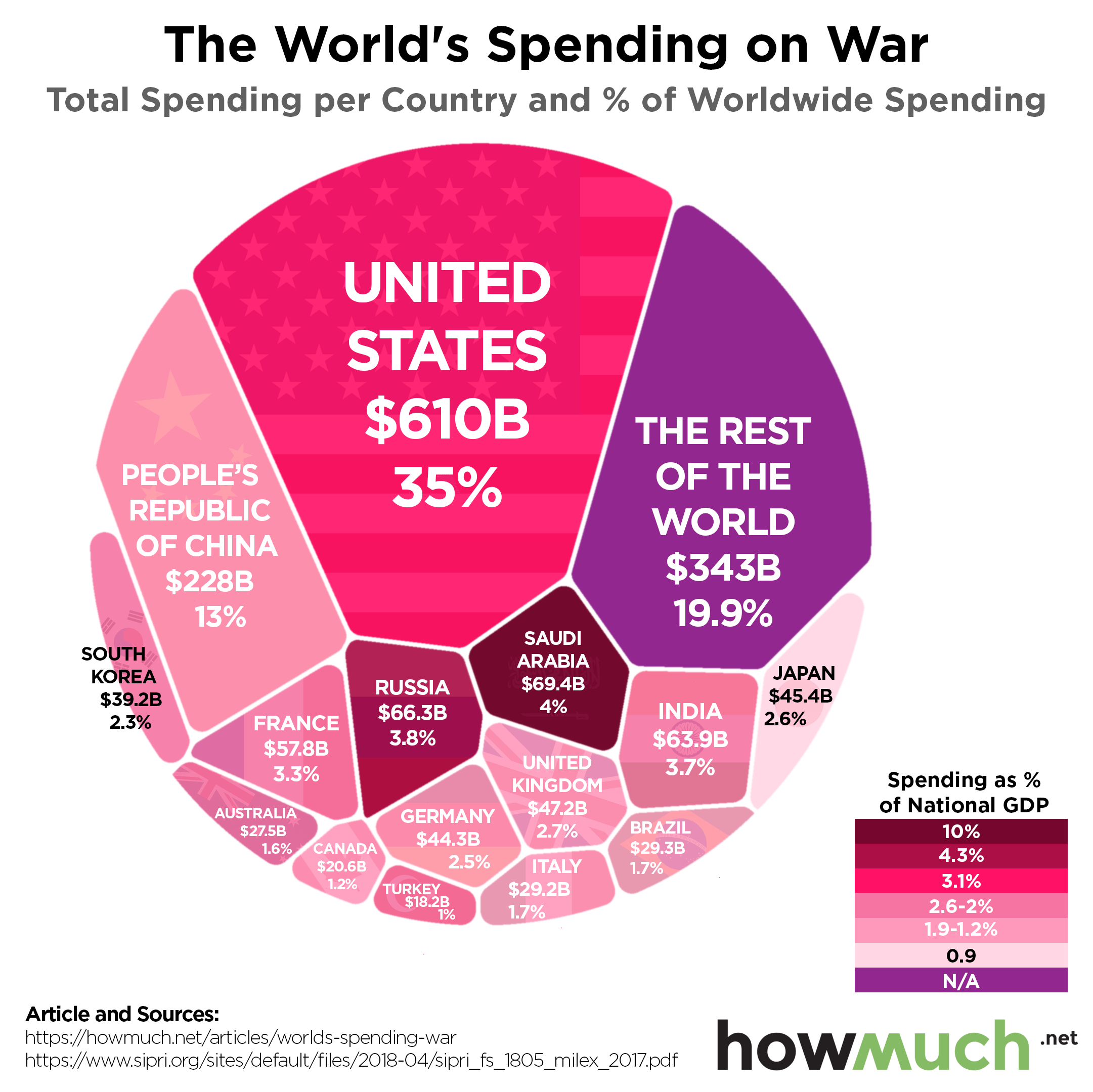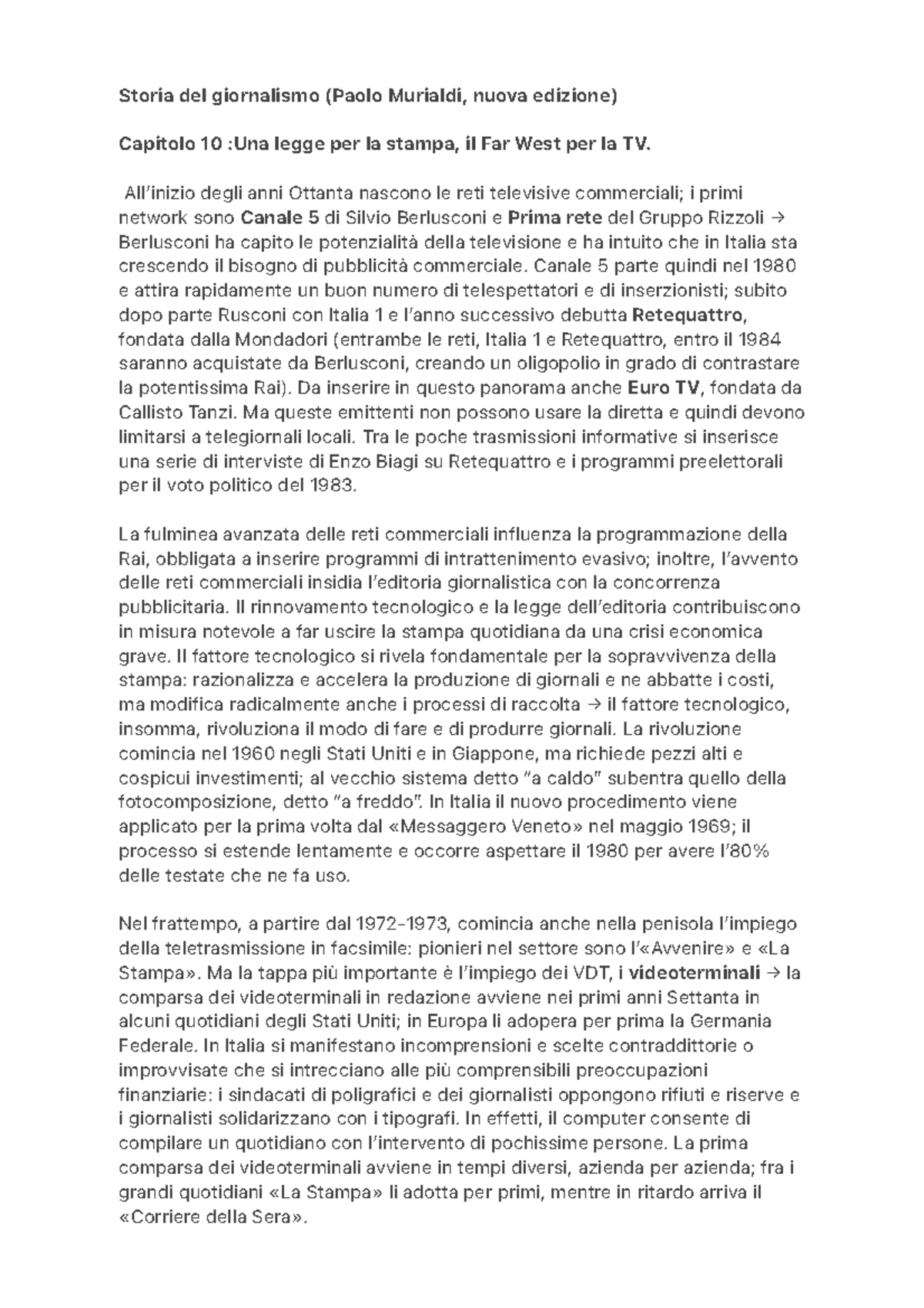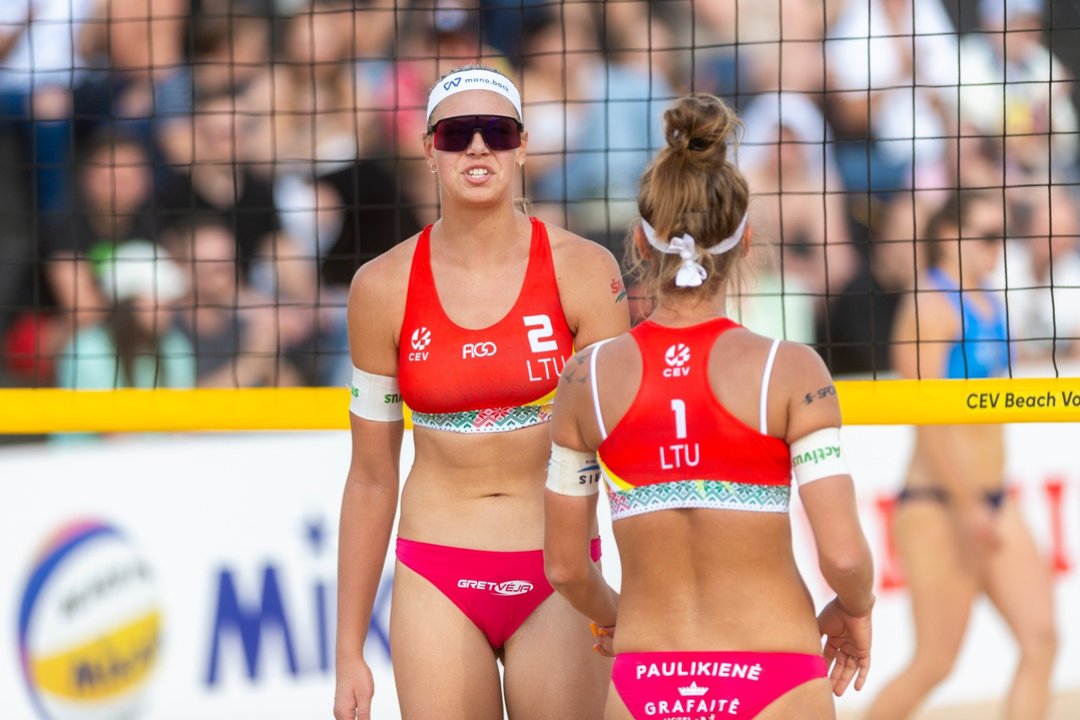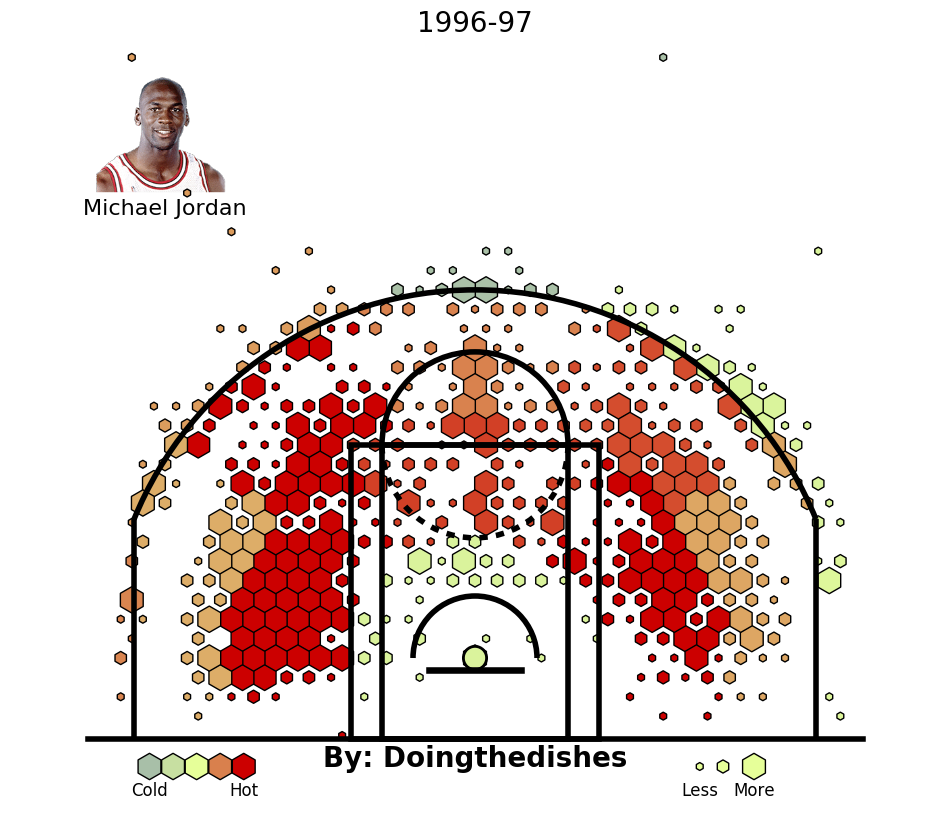Global Military Spending: Europe's Response To The Russian Threat

Table of Contents
The Russian Invasion of Ukraine: A Catalyst for Change
The February 2022 invasion of Ukraine served as a stark wake-up call for Europe. The immediate impact shattered long-held assumptions about peace and stability on the continent. The brutality of the conflict and Russia's willingness to disregard international norms profoundly altered European perceptions of security threats.
- Increased awareness of Russian aggression and its potential for further expansion: The invasion demonstrated Russia's capacity and willingness to use military force to achieve its geopolitical objectives, extending beyond Ukraine's borders. This heightened anxieties about potential future aggression targeting other European nations.
- Shattered assumptions about European peace and stability: The invasion exposed the vulnerability of seemingly stable regions and the fragility of the post-Cold War security architecture. The belief in a permanent peace in Europe was fundamentally challenged.
- Heightened calls for greater military investment: The invasion galvanized public and political support for increased defense spending, viewed as a necessary measure to deter further Russian aggression and protect national security.
This shift in public and political opinion was particularly notable in countries previously hesitant to significantly increase military budgets. The role of NATO in galvanizing this response was crucial, providing a framework for collective defense and encouraging member states to enhance their military capabilities. The renewed focus on NATO's collective security guarantees played a significant role in driving up European military spending.
Increased Defense Budgets Across Europe
The invasion of Ukraine has led to a demonstrable rise in military spending across numerous European nations. This increase reflects a commitment to strengthening national defense and enhancing collective security within NATO.
- Percentage increases in defense budgets compared to pre-invasion levels: Many European countries have witnessed double-digit percentage increases in their defense budgets. For example, Poland's defense spending has seen a dramatic surge, reflecting its proximity to the conflict zone. The UK has also committed to significant increases, aiming to modernize its armed forces.
- Specific examples of new military procurements: This increased spending translates into concrete investments in new military hardware. This includes the acquisition of advanced fighter jets, modern tanks, sophisticated missile defense systems, and upgrades to existing military infrastructure. Germany, for example, has announced a significant increase in its procurement of advanced weaponry.
- Analysis of budgetary allocations across different branches of the military: The allocation of resources varies across nations, with some prioritizing land forces, others focusing on naval capabilities or air power. This reflects differing national security priorities and geopolitical concerns.
The economic implications of this increased spending are significant. While necessary for bolstering national security, it places a strain on national budgets, potentially diverting funds from other essential social programs such as healthcare and education. Balancing national security needs with social welfare priorities poses a considerable challenge for many European governments.
Germany's Transformation: A Case Study
Germany's response to the Russian invasion marks a profound shift in its defense policy. The creation of the "Sondervermögen" (special fund) of €100 billion represents an unprecedented commitment to military modernization. This decision reflects a departure from Germany's historically restrained military approach, shaped by its post-World War II pacifist stance. This change is driven by a renewed recognition of the need for a stronger military to safeguard its national security and contribute to European defense. This transformation has substantial implications for European security and the EU's evolving defense capabilities, signifying a greater willingness to assume a leading role in regional defense.
Modernization and Technological Advancements
The surge in European military spending is not just about increasing the size of armed forces; it's also about modernization and technological advancement. There is a strong emphasis on acquiring cutting-edge military technologies to counter evolving threats.
- Investment in cyber warfare capabilities: Recognizing the growing importance of cyber warfare, many European nations are investing heavily in enhancing their cyber defense capabilities and offensive cyber warfare potential.
- Emphasis on intelligence gathering and analysis: Improved intelligence gathering and analysis capabilities are crucial for effective defense strategies. There is a focus on developing and integrating sophisticated intelligence systems.
- Increased cooperation on defense technology between European nations: To enhance efficiency and reduce duplication, European nations are increasingly cooperating on the development and acquisition of defense technologies.
The role of private military contractors is also expanding as governments seek specialized expertise and capabilities. This raises important questions regarding accountability and transparency in defense spending.
Geopolitical Implications and Global Power Dynamics
The significant increase in European military spending has wide-ranging geopolitical implications and will undoubtedly reshape global power dynamics.
- Increased tensions with Russia: The European military buildup is likely to exacerbate tensions with Russia, creating a complex and potentially volatile security environment.
- Potential impact on arms races and regional instability: The increased military spending could trigger an arms race, further destabilizing the region and potentially leading to unintended escalations.
- Shifting alliances and partnerships: The changing security landscape is likely to lead to shifts in alliances and partnerships, potentially affecting relationships between European nations and other global actors.
The implications of these changes are complex and far-reaching. Carefully considering the potential consequences and fostering dialogue are vital to mitigating risks and promoting stability.
Conclusion
The Russian invasion of Ukraine has acted as a profound catalyst, forcing a fundamental reassessment of European security needs and resulting in a substantial increase in European military spending. This surge in defense budgets reflects a heightened awareness of the ongoing threat from Russia and a determination to strengthen collective defense capabilities. Understanding the factors driving this significant increase in European military spending is crucial for comprehending the evolving geopolitical landscape. Further analysis is needed to fully assess the long-term implications of these changes, but the impact on global power dynamics is undeniably significant. To stay informed on this crucial issue, continue to follow developments in European military spending and its effects on global security. Stay updated on the latest trends in European military spending and its impact on global security.

Featured Posts
-
 Were Chris Paul Harrison Barnes And Julian Champagnie In Every Spurs Game This Year
Apr 30, 2025
Were Chris Paul Harrison Barnes And Julian Champagnie In Every Spurs Game This Year
Apr 30, 2025 -
 Mario Nanni Commemorazione Di Un Gigante Del Giornalismo Italiano
Apr 30, 2025
Mario Nanni Commemorazione Di Un Gigante Del Giornalismo Italiano
Apr 30, 2025 -
 Buzelio Tylejimas Po Savo Vardo Turnyro Vilniuje Ka Tai Reiskia
Apr 30, 2025
Buzelio Tylejimas Po Savo Vardo Turnyro Vilniuje Ka Tai Reiskia
Apr 30, 2025 -
 Concise Wayne Gretzky Fast Facts A Summary Of His Achievements
Apr 30, 2025
Concise Wayne Gretzky Fast Facts A Summary Of His Achievements
Apr 30, 2025 -
 Essential Michael Jordan Fast Facts For Fans
Apr 30, 2025
Essential Michael Jordan Fast Facts For Fans
Apr 30, 2025
